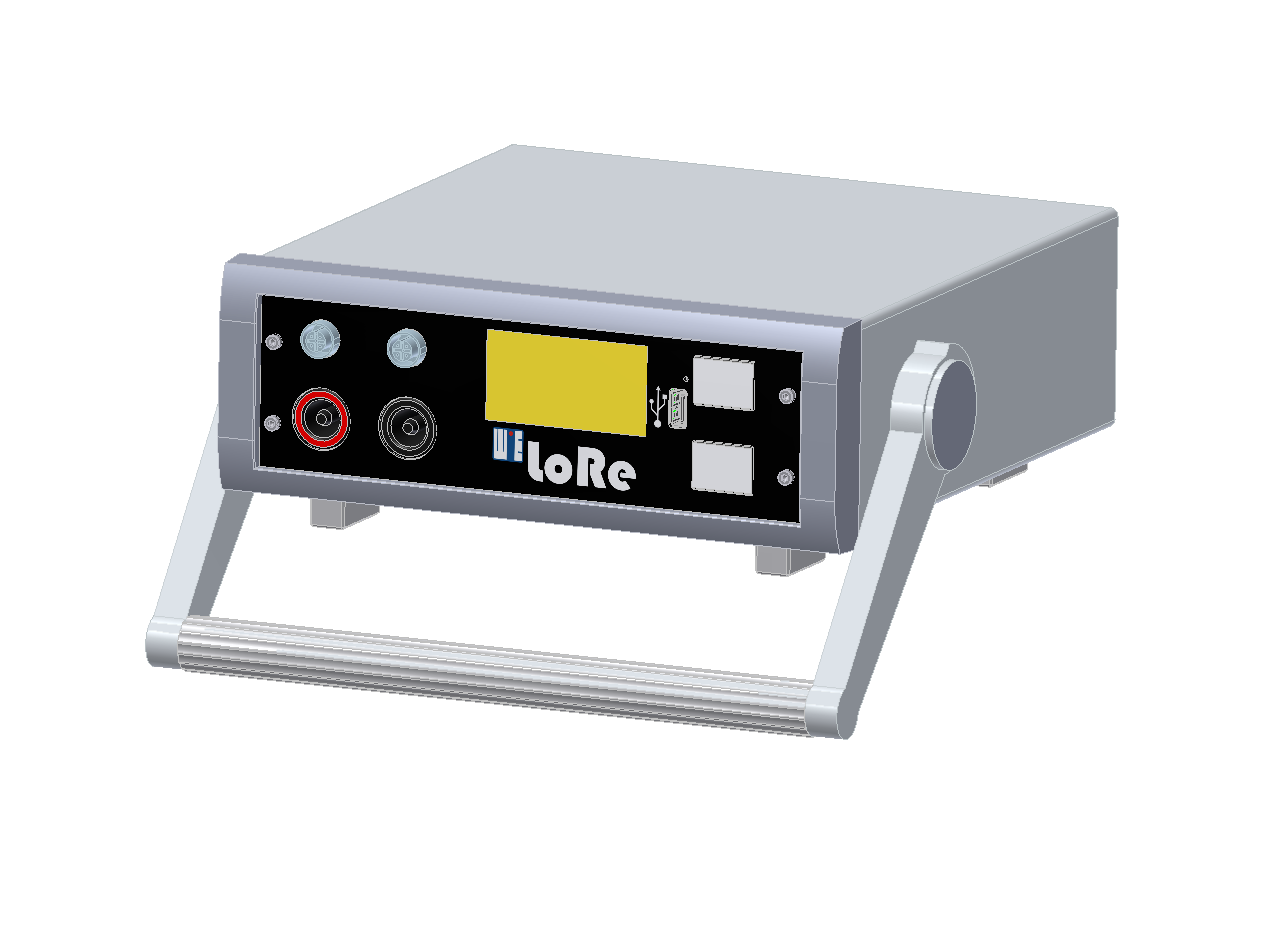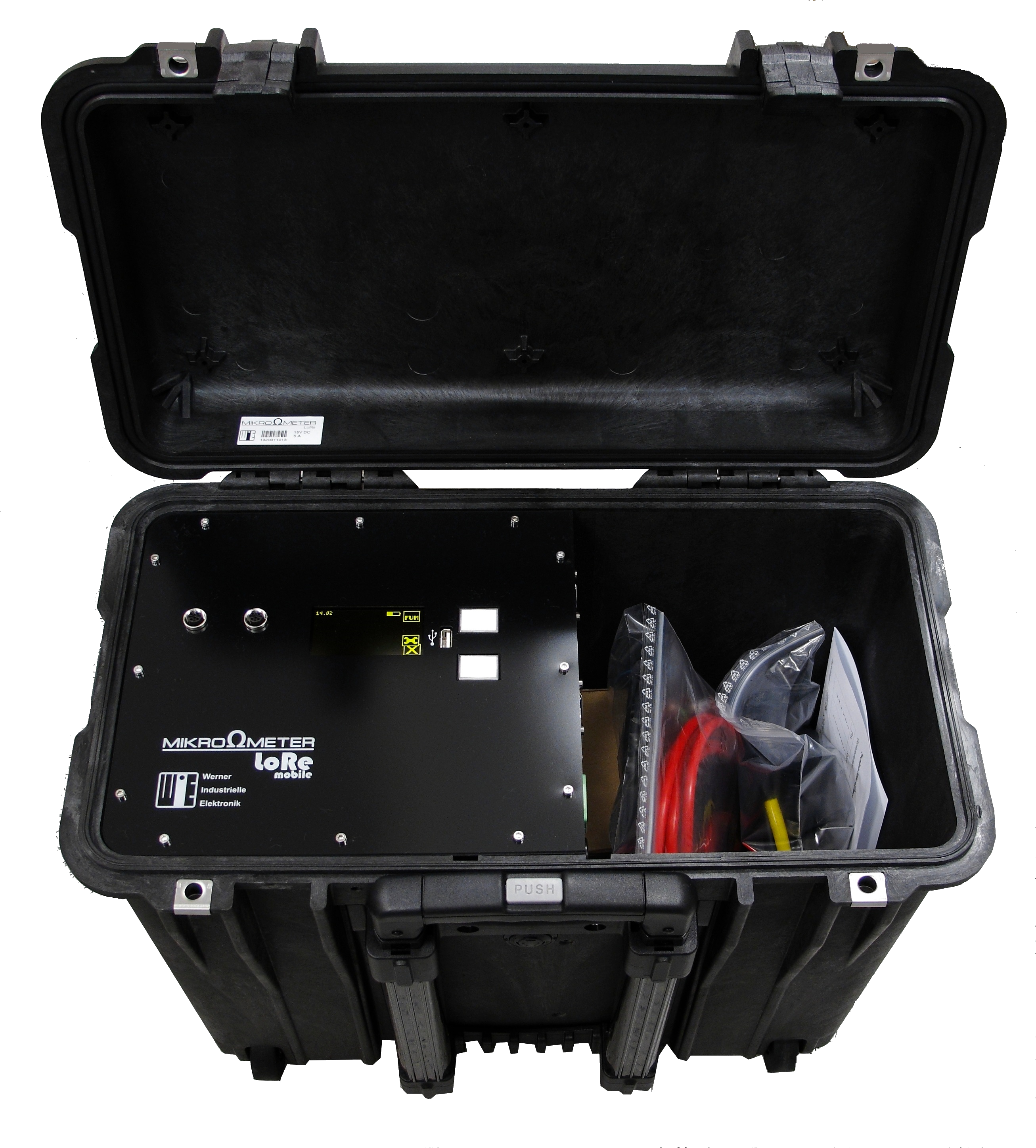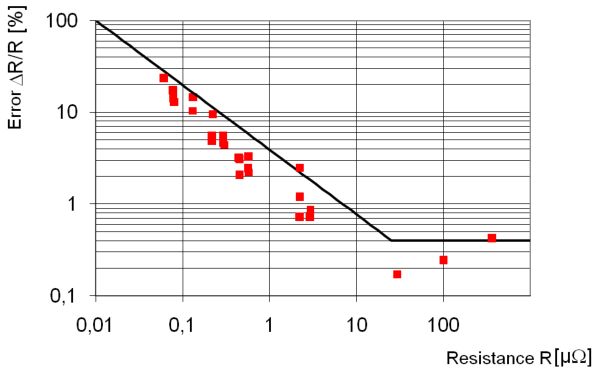Quality Determination by Measuring the Connection Resistance
The condition of an electrical assembly can be determined directly via the resistor. One of the largest influences of the status of the joints and contacts is the quality of assembly, that determines the residual lifetime. By measuring the connection resistance with the LoRe Microohm Meter, a preventive measure can be taken against poor connections before commissioning.
An infared measurement is also a possibility to obtain the current status of loaded electrical assemblies. For revisions, required because of high temperatures or exceeding maintenance intervals, another resistance measurement can give information about the residual lifetime of the respective connection.
Advantages of the Microohm Meter LoRe (Flyer):
-
easy to handle
-
low weight: indoor version: 3 kg / 6,5 lbs, outdoor version: 9 kg / 20 lbs
-
size: 85*250*260 mm / 3,5*10*20 inch
-
adjustable test current: 40 … 90 A
-
automatic choice of measuring range
-
measuring range: 10 nΩ … 500 mΩ (extendable to 1,5 Ω upon request)
-
resolution: < 1 nΩ
-
degree of protection: indoor version: IP 21, outdoor version: IP 67 (closed)
- pecision: s. graphic

Fig. 1 Microohm Meter LoRe — indoor version |

Fig. 2 Mikroohm Meter LoRe — outdoor version |

Fig. 3 Relative measurement error of the microohmmeter LoRe |
Have a look at our LoRe video to discover more about this topic!
